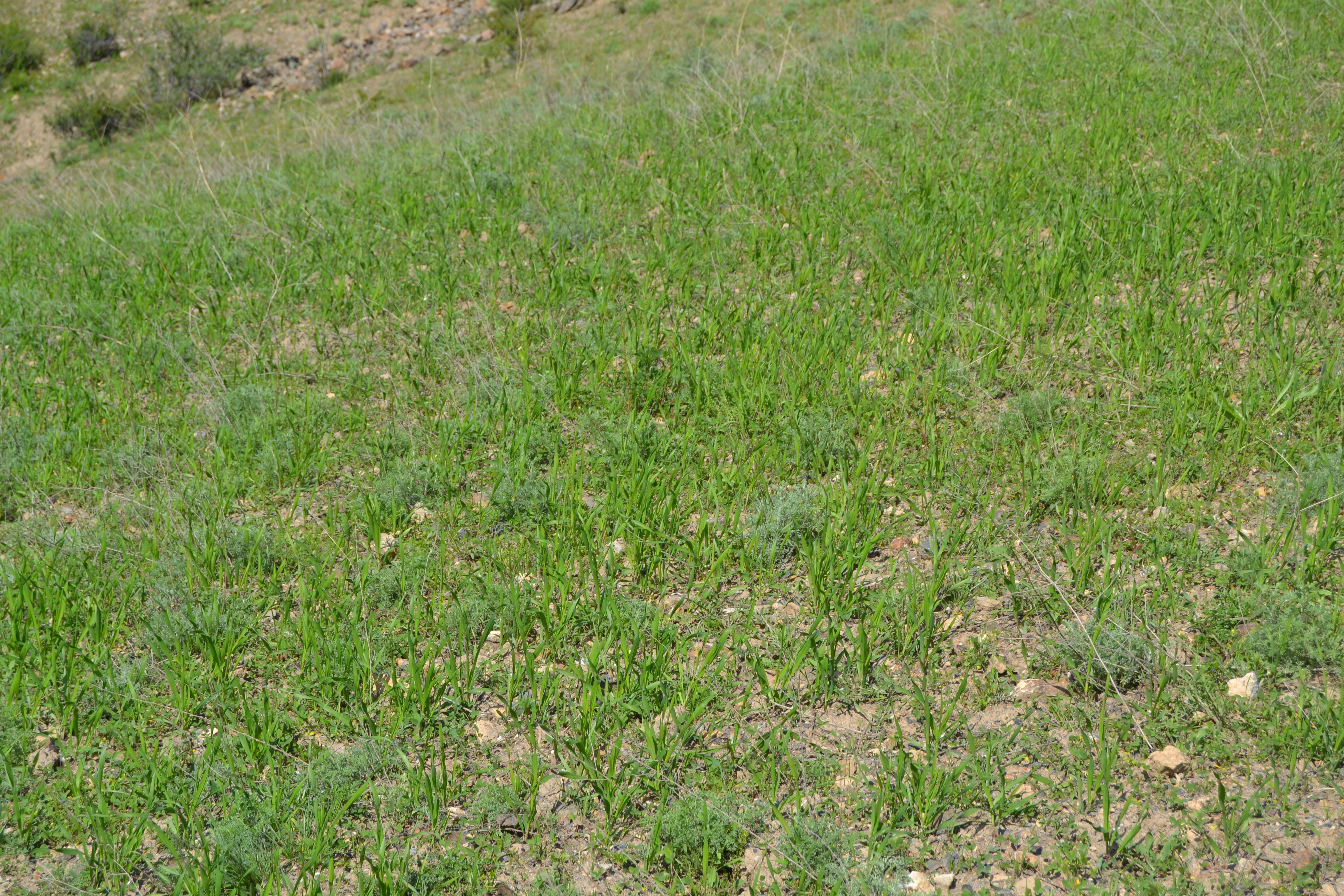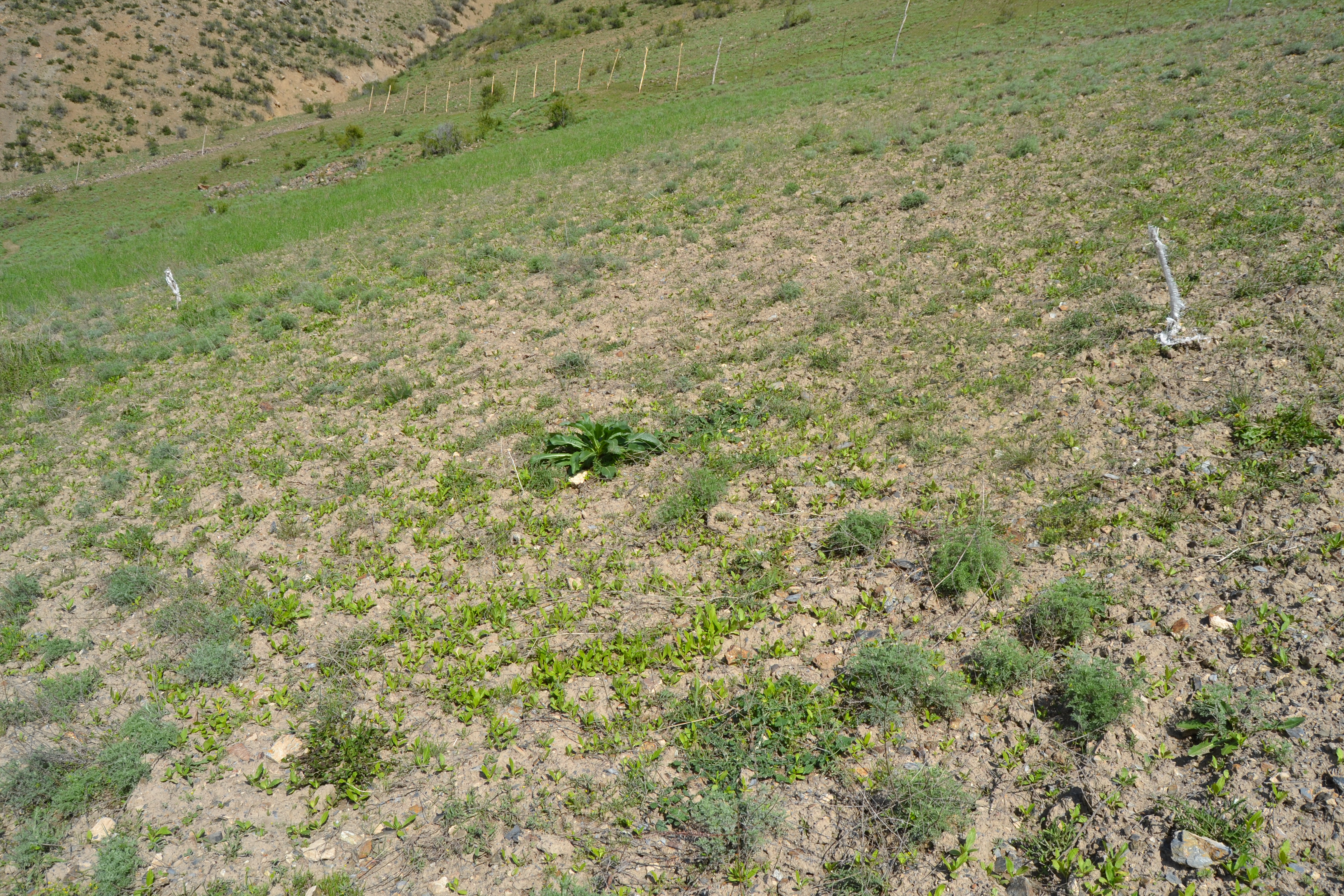


Plantar diferentes cultivos anuales en un orden determinado durante varios años en el mismo campo, lo que también se conoce como rotación de cultivos, ayuda a garantizar la sostenibilidad del suelo a largo plazo, ya que los cultivos tienen diferentes necesidades de nutrientes. Así se evita la acumulación y propagación de enfermedades y plagas transmitidas por el suelo. En Tayikistán, muchos agricultores prefieren cultivar las mismas cosechas comerciales, por ejemplo cereales en zonas de secano, en lugar de aplicar la rotación de cultivos, ya que a corto plazo produce más ingresos. Para evitar los efectos negativos a largo plazo, se pueden utilizar cultivos oleaginosos (lino, girasol y cártamo) y legumbres (garbanzos, guisantes verdes y lentejas) para promover la rotación y diversificación de cultivos. Las legumbres fijan el nitrógeno y mejoran así la fertilidad del suelo. La rotación de cultivos puede combinarse con la práctica de la siembra directa para conseguir un efecto aún mejor.
Un ejemplo de rotación de tres años podría ser:
- Año 1 Cultivo de cereales, por ejemplo, trigo de invierno
- Año 2. Leguminosas Leguminosas, p. ej. lentejas, garbanzos
- Año 3 Cultivo oleaginoso, p. ej. cártamo
También puede considerarse la rotación de cultivos anuales con plantas forrajeras perennes como la alfalfa o el esparcet, ya que tienen un efecto muy positivo sobre la fertilidad del suelo.
- Muchos agricultores se dieron cuenta de que su cosecha disminuía y la infestación por plagas y enfermedades aumentaba en sus campos de secano si cultivaban continuamente cereales, por lo que están deseosos de probar la rotación de cultivos.
- Los cultivos oleaginosos y las leguminosas atraen a los polinizadores, mejoran la dieta familiar y son comercializables.
- Algunas especies de oleaginosas y leguminosas, como el cártamo y las lentejas, necesitan poca agua para crecer y son resistentes a las altas temperaturas, por lo que son resistentes al cambio climático.
- Debe disponerse de maquinaria especial para el cultivo de cultivos anuales de secano alternativos, por ejemplo, tractores de un solo eje con barra de hoz para cosechar cultivos oleaginosos como el cártamo.
- En el caso de los cultivos oleaginosos que deben procesarse como cártamo, es necesario producir una cierta cantidad de cosecha para que merezca la pena el transporte a un molino.